Comparing CR6 vs LR6
jscozz
13 years ago
Related Stories
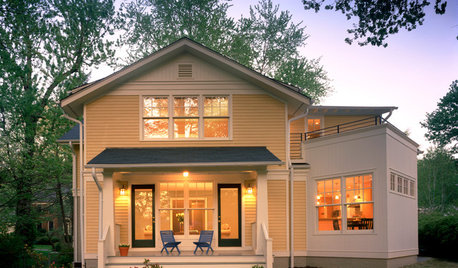
WORKING WITH PROSHow to Hire the Right Architect: Comparing Fees
Learn common fee structures architects use and why you might choose one over another
Full Story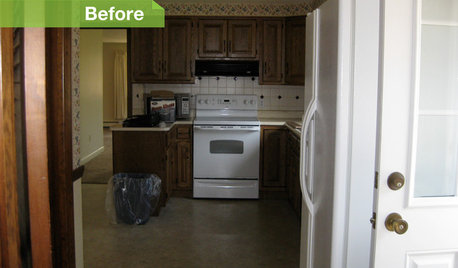
KITCHEN DESIGN6 Kitchens, 6 DIY Updates
Get inspired to give your own kitchen a fresh look with ideas from these affordable, do-it-yourself fixes
Full Story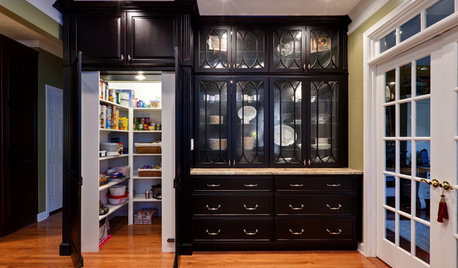
KITCHEN CABINETSTop 6 Hardware Styles for Raised-Panel Kitchen Cabinets
Whether you're going for a furniture feel or industrial contrast in your kitchen, these pulls and knobs will put you on the right track
Full Story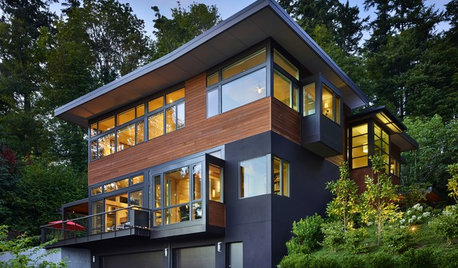
REMODELING GUIDES6 Steps to Planning a Successful Building Project
Put in time on the front end to ensure that your home will match your vision in the end
Full Story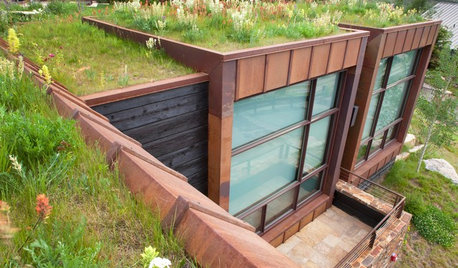
GREEN BUILDING6 Green-Roof Myths, Busted
Leaky, costly, a pain to maintain ... nope, nope and nope. Get the truth about living roofs and see examples from simple to elaborate
Full Story
HEALTHY HOME6 Tips From a Nearly Zero-Waste Home
Lower your trash output and increase your quality of life with these ideas from a mom who did it to the max
Full Story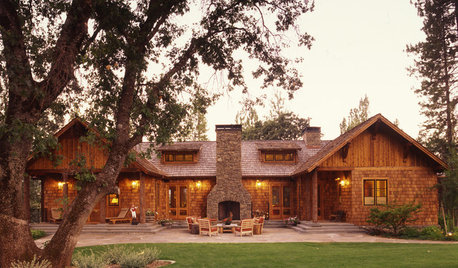
CONTRACTOR TIPS6 Lessons Learned From a Master Suite Remodel
One project yields some universal truths about the remodeling process
Full Story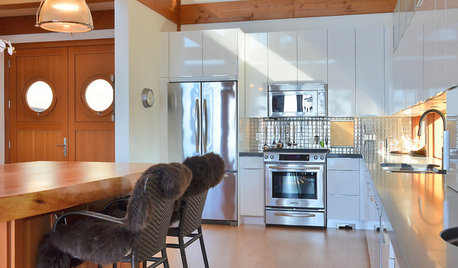
REMODELING GUIDES6 Must-Know Lessons From a Serial Renovator
Get your remodel right the first time, with this insight from an architect who's been there too many times to count
Full Story
GARDENING GUIDES6 Native Goldenrods Worth a Second Look
Goldenrod gets a bad rap as being aggressive, but these more mannerly choices offer a bunch of benefits
Full Story
KITCHEN DESIGNA Cook’s 6 Tips for Buying Kitchen Appliances
An avid home chef answers tricky questions about choosing the right oven, stovetop, vent hood and more
Full Story





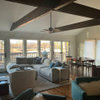
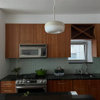

David
jscozzOriginal Author
Related Professionals
West University Place Lighting · Denver Furniture & Accessories · Franklin Furniture & Accessories · Houston Furniture & Accessories · Glenvar Heights Furniture & Accessories · Kendall Furniture & Accessories · Arkansas Interior Designers & Decorators · Garden Acres Interior Designers & Decorators · Garden City Interior Designers & Decorators · Beavercreek Decks, Patios & Outdoor Enclosures · Lebanon Decks, Patios & Outdoor Enclosures · Lenoir Decks, Patios & Outdoor Enclosures · Prichard Decks, Patios & Outdoor Enclosures · West Chicago Decks, Patios & Outdoor Enclosures · West Palm Beach Decks, Patios & Outdoor EnclosuresDavid
David
jscozzOriginal Author
geobrick
gourmetgirl_2010
gourmetgirl_2010
billy_g